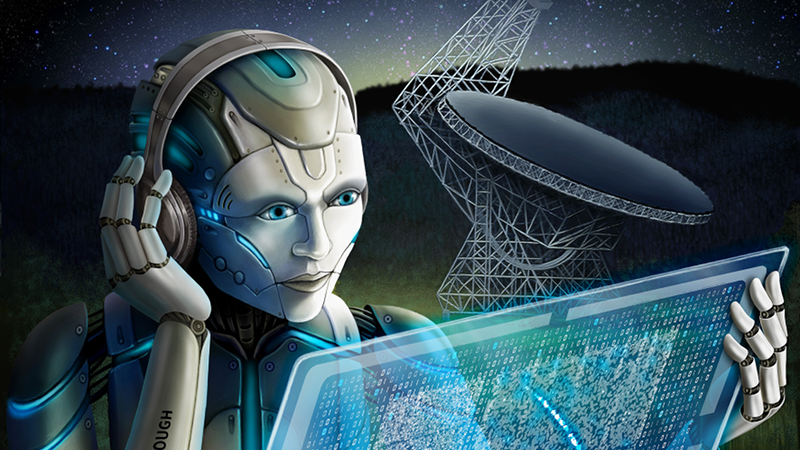
Scientists don’t know exactly what fast radio bursts (FRBs) are. What they do know is that they come from a long way away. In fact, one that occurs regularly comes from a galaxy 3 billion light years away. They could form from neutron stars or they could be extraterrestrials phoning home. The other thing is — thanks to machine learning — we now know about a lot more of them. You can see a video from Berkeley, below. and find more technical information, raw data, and [Danielle Futselaar’s] killer project graphic seen above from at their site.
The first FRB came to the attention of [Duncan Lorimer] and [David Narkevic] in 2007 while sifting through data from 2001. These broadband bursts are hard to identify since they last a matter of milliseconds. Researchers at Berkeley trained software using previously known FRBs. They then gave the software 5 hours of recordings of activity from one part of the sky and found 72 previously unknown FRBs.
We would love to hear from ET, of course. However, it is hard to imagine that if you wanted to deliberately communicate, you’d do it in a more obvious way. Of course, maybe we are just eavesdropping on some alien star fleet’s trunked communications system. We always figure advanced civilizations will have data compression that makes data appear pretty random and we often wonder about the effect of time dilation on modulation if the source is moving rapidly relative to us.
Sadly, the most likely explanation is something more mundane like a black hole. Some FRBs even turned out to be generated here on Earth when people opened their microwave ovens during operation. Perhaps, we are seeing an intergalactic 7-11 heating up giant burritos.
If you want to try your own hand at radio astronomy without a lot of gear, you can join Zooniverse. Or you can hack an old satellite dish.


